Jean Harlow was all the rage in the 1930s, earning nicknames from the press such as “The Blonde Bombshell”, the “Platinum Blonde” and the “Laughing Vamp”, and seizing the spotlight on and off screen.
She rose to prominence at a very young age, after landing a role in Howard Hughes’ 1930 classic Hell’s Angels, where her beauty struck a note with the audience, even though the critics weren’t so pleased.
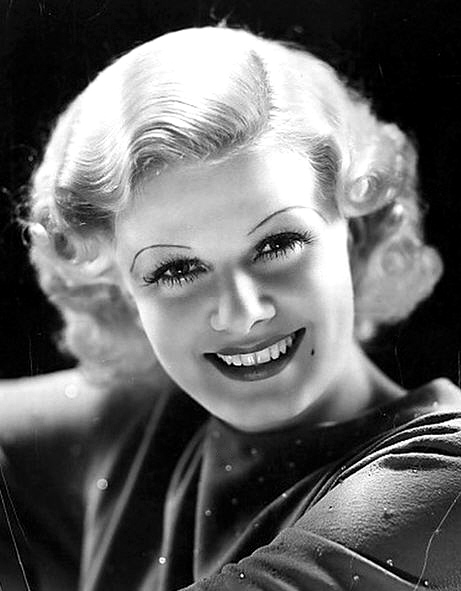
Besides Harlow’s lead role, the film itself was surrounded by controversy ― produced and directed by an industrial magnate and playboy Howard Hughes, it featured the deaths of several pilots who participated in the production, an inflated budget as well as a lawsuit which nearly prevented the film’s release.
Nevertheless, Hell’s Angels pioneered the talking picture’s dominance and became a great box office hit, even surpassing Greta Garbo’s talkie debut in Anna Christie.
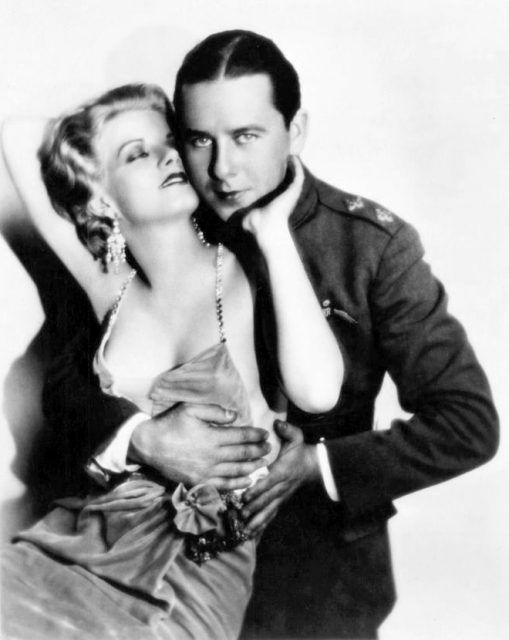
What followed for Harlow was a string of roles which launched her into stardom, while forever engraving her face and body as a sex symbol of her generation.
However, while the story of Jean Harlow’s fame and glory remains well-known among film historians as well as the general public, her lesser-known path towards this status went through the murky line between erotica and art.
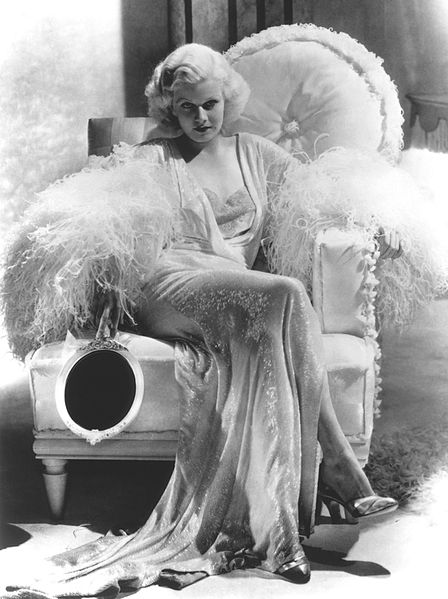
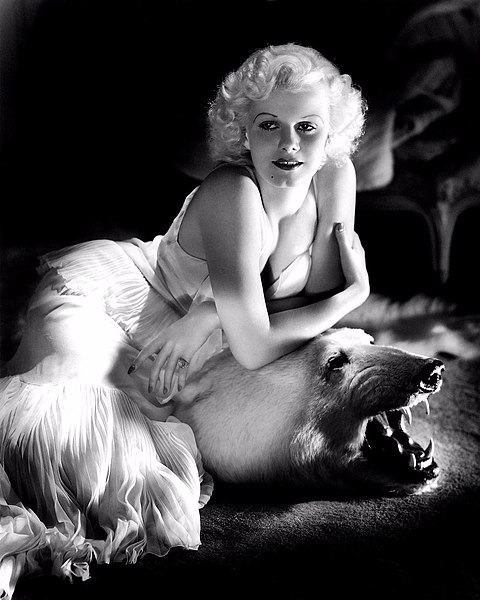
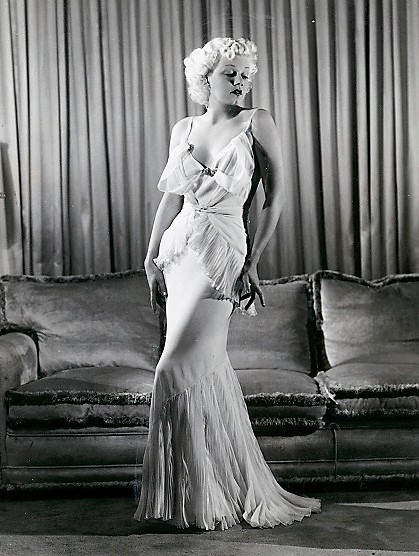
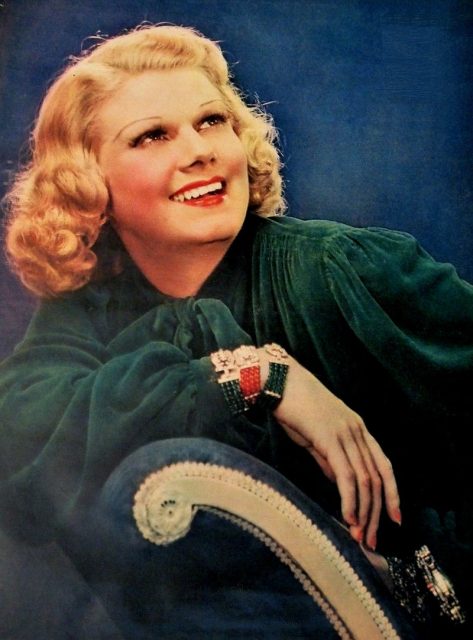
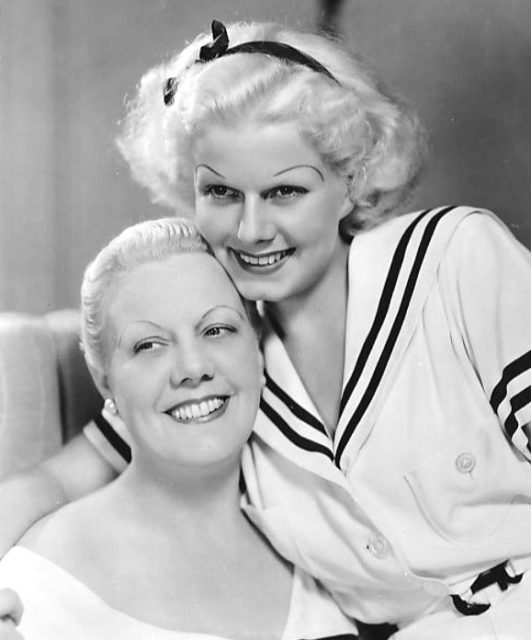
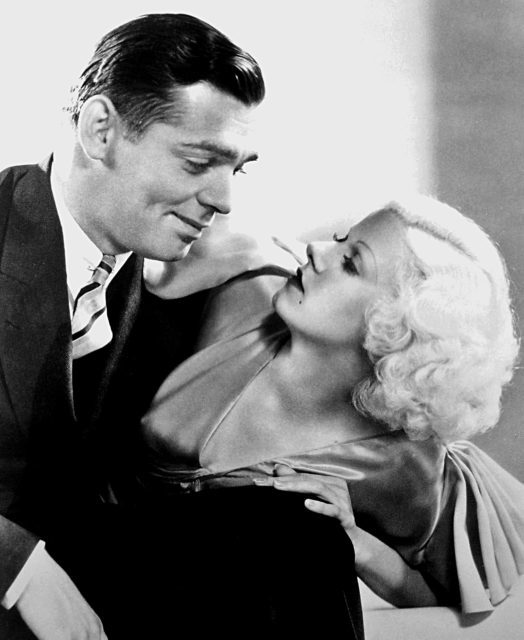
In 1929, prior to her breakthrough, Harlow was spotted by Edwin Bower Hesser, a well-known Hollywood photographer, who had an eye for actresses soon to become “the next big thing”.
Hesser ran a magazine called Edwin Bower Hesser’s Arts Monthly Pictorial, in which he put great effort to avoid censorship by pointing out the artistic nature of nude photography.
Although studio photography was the norm of the time, with artificial light providing a more cold and sterile look, Hesser insisted to do his shootings outdoors ― most notably in Griffith Park in Los Angeles.
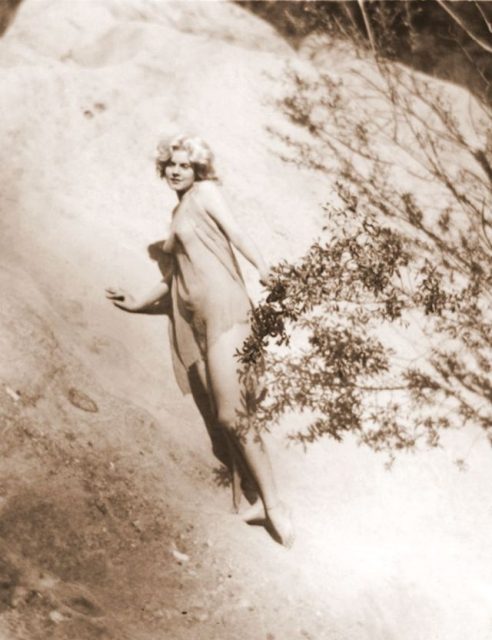
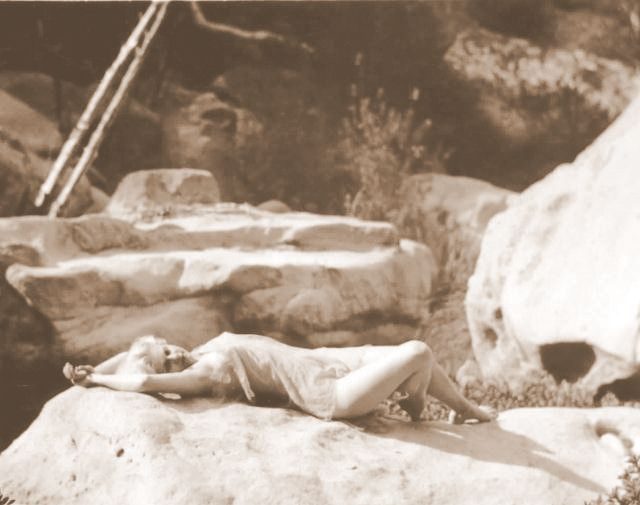
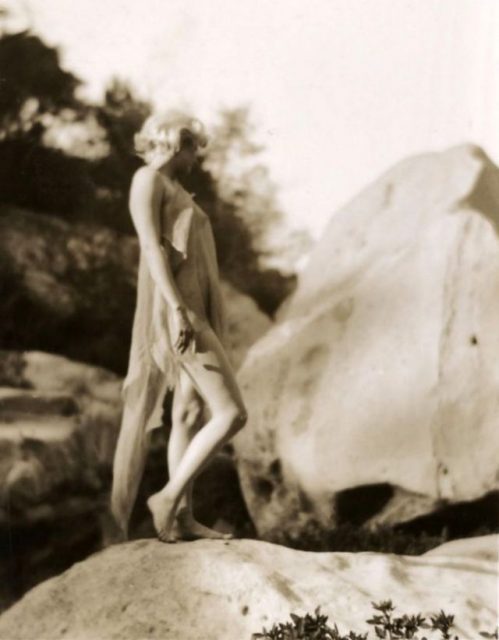
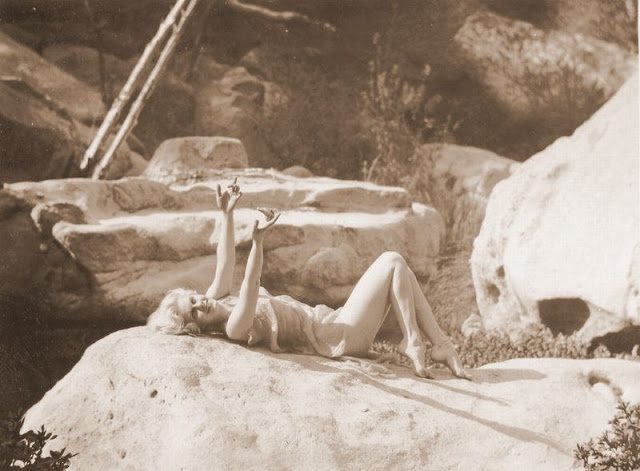
It was here where the iconic photographs of Jean Harlow were taken, just a year prior to her becoming a household name in America.
Laced with soft golden undertones, the photographs exposed the nymph-like beauty of the future star ― it was as if Hesser captured the very birth of a diva on film. Her laid-back attitude and casual look was a stepping stone for generations to come.
Marilyn Monroe called Harlow her main inspiration, while Playboy Magazine honored her by publishing the images in 1966 as part of an article titled The History of Sex in Cinema, more than 37 years after they were taken. Thus exemplifying the timeless sex appeal of this Golden Age star.
